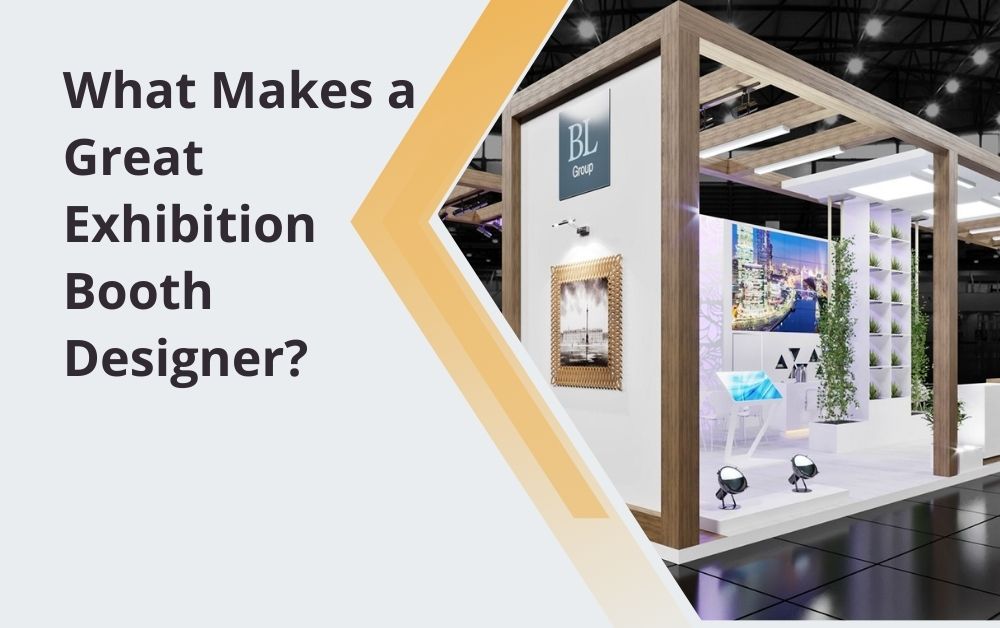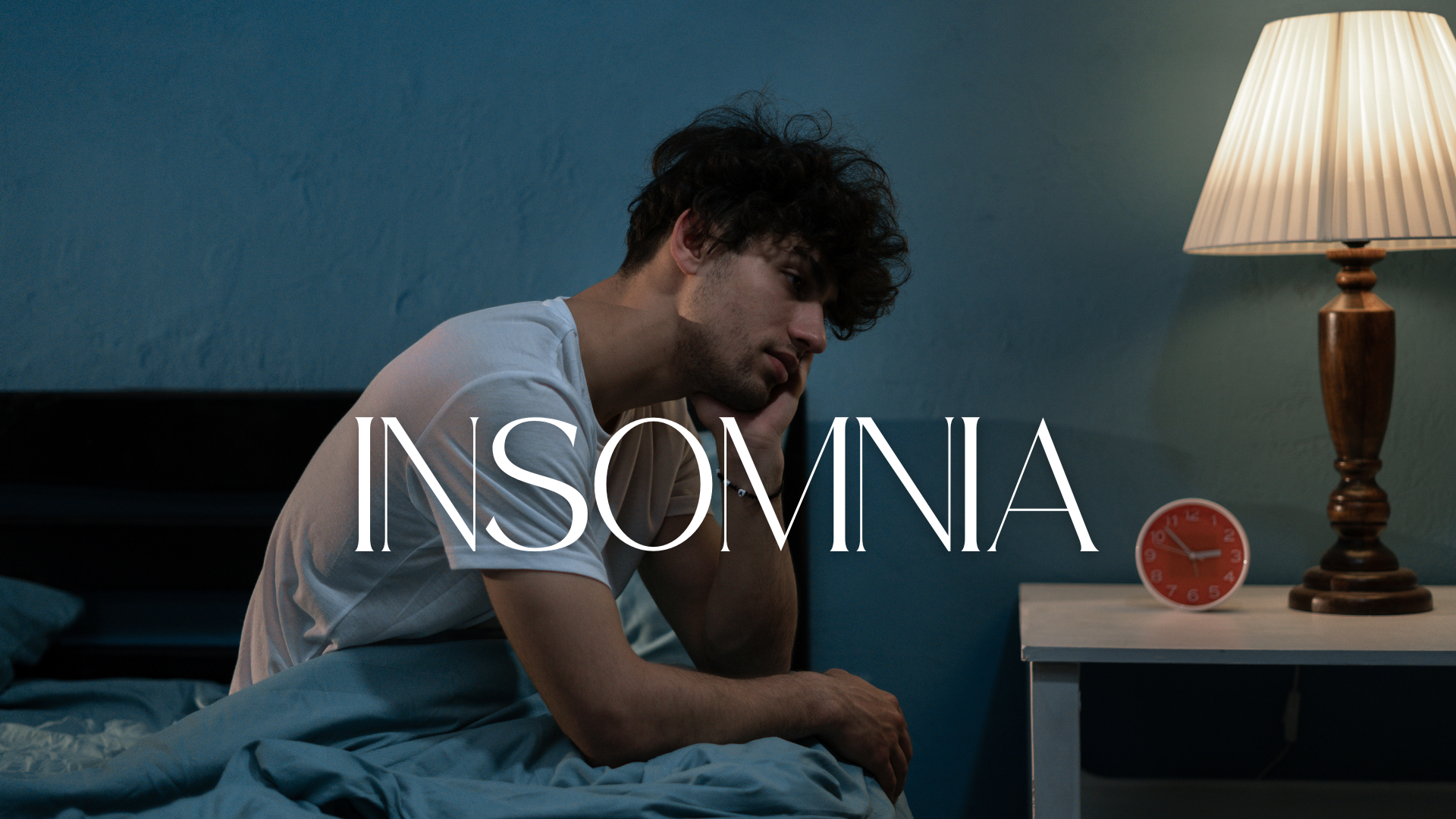Exhibitions and trade shows are a great way for businesses to showcase their products and services. But with so many companies competing for attention, how can you make sure your booth stands out? The answer is simple: a great exhibition booth designer. In this blog post, we will explore what makes a great exhibition booth designer and why their work is so important for your success at trade shows.

Understanding the Role of an Exhibition Booth Designer
What Does an Exhibition Booth Designer Do?
An exhibition booth designer is responsible for creating an attractive and functional booth that will grab the attention of visitors. Their job includes:
- Designing the layout: Planning where everything will go to make the best use of space.
- Choosing materials and colors: Selecting the right materials and colors to reflect the brand and attract visitors.
- Incorporating branding: Ensuring the booth showcases the company’s brand identity.
- Considering functionality: Making sure the booth is not only beautiful but also practical for the staff and visitors.
Why Is Their Role Important?
The role of an exhibition booth designer is crucial because the booth is often the first impression visitors will have of your company. A well-designed booth can attract more visitors, create a positive impression, and increase the chances of generating leads and sales.
Key Qualities of a Great Exhibition Booth Designer
Creativity and Innovation
A great exhibition booth designer must be creative and innovative. They need to think outside the box to come up with unique designs that will make the booth stand out. Creativity helps in making the booth attractive and memorable.
Attention to Detail
Attention to detail is another important quality. From the layout to the smallest design elements, everything should be perfect. A small mistake can affect the overall look and functionality of the booth.
Strong Understanding of Branding
A great designer understands the importance of branding. They know how to incorporate the brand’s identity into the booth design. This includes using the right colors, logos, and messaging to ensure consistency with the company’s brand.
Excellent Communication Skills
Communication is key in any design project. A great exhibition booth designer listens to the client’s needs and preferences and communicates their ideas clearly. They keep the client informed throughout the design process and make sure everyone is on the same page.
Technical Skills
In addition to creativity, technical skills are also important. A great designer is proficient in using design software and understands construction techniques. They know how to create detailed drawings and plans that can be easily understood by builders and contractors.
NOTE:- Are you looking for the best Exhibition Booth Designers in Dubai to make your trade show presence unforgettable? Look no further! Contact us today to collaborate with our expert designers and create a stunning, innovative booth that will attract visitors and leave a lasting impression. Elevate your brand and stand out at your next exhibition. Get in touch now and let’s bring your vision to life!
Steps to Finding a Great Exhibition Booth Designer
Research and Recommendations
Start by researching potential designers. Look for designers who specialize in exhibition booths. Ask for recommendations from colleagues or other businesses that have had successful booths at trade shows.
Review Portfolios
A designer’s portfolio can give you a good idea of their style and capabilities. Look for diversity in their designs and see if their previous work aligns with your vision.
Conduct Interviews
Interview potential designers to understand their approach and see if they are a good fit for your project. Ask about their experience, their design process, and how they handle challenges.
Check References
Ask for references and contact previous clients to get feedback on their experience with the designer. This can give you insights into the designer’s reliability and professionalism.
Consider Budget and Timeline
Discuss your budget and timeline with potential designers to make sure they can deliver within your constraints. A great designer should be able to provide a realistic estimate and timeline for the project.
The Design Process
Initial Consultation
The design process starts with an initial consultation. During this meeting, the designer will ask about your goals, budget, and preferences. They will also gather information about your brand and products.
Concept Development
Based on the initial consultation, the designer will create a concept for the booth. This includes sketches and mood boards to give you an idea of the overall look and feel of the booth.
Detailed Design
Once the concept is approved, the designer will create detailed drawings and plans. This includes the layout, materials, colors, and branding elements. The detailed design ensures that every aspect of the booth is planned out.
Production and Installation
After the design is finalized, the production phase begins. The designer works with builders and contractors to construct the booth. They oversee the installation to ensure everything is set up correctly.
Final Review
Before the trade show, the designer will conduct a final review of the booth. They make sure everything is in place and functioning as planned. Any last-minute adjustments are made to ensure the booth is perfect.
Tips for a Successful Exhibition Booth Design
Know Your Audience
Understanding your target audience is crucial. The design should appeal to the people you want to attract. Consider their preferences and interests when planning the booth.
Keep It Simple
A cluttered booth can be overwhelming and unattractive. Keep the design simple and focused. Highlight the key products and messages you want to convey.
Use High-Quality Materials
High-quality materials not only look better but also last longer. Invest in good materials to ensure your booth looks professional and can withstand the wear and tear of a trade show.
Incorporate Technology
Technology can enhance the visitor experience. Consider using digital displays, interactive screens, or virtual reality to engage visitors and showcase your products.
Make It Interactive
Interactive elements can attract more visitors and keep them engaged. Consider adding product demonstrations, hands-on activities, or games to make the booth more interesting.
The Impact of a Great Exhibition Booth Designer
Increased Foot Traffic
A well-designed booth attracts more visitors. Eye-catching designs, clear branding, and interactive elements can draw people in and increase foot traffic.
Positive Brand Impression
A professional and attractive booth creates a positive impression of your brand. It shows that you care about quality and are willing to invest in your presentation.
Higher Engagement
Interactive and engaging booth designs keep visitors interested. The longer they stay at your booth, the more time you have to showcase your products and services.
Better Lead Generation
More visitors and higher engagement lead to better lead generation. A great booth design can help you capture more leads and increase your chances of converting them into customers.
ROI on Trade Show Investment
Trade shows can be expensive. A great booth design maximizes your return on investment by attracting more visitors, generating more leads, and creating a positive brand impression.
Conclusion
A great exhibition booth designer plays a crucial role in the success of your trade show presence. They combine creativity, technical skills, and an understanding of branding to create a booth that stands out and attracts visitors. By following the tips and steps outlined in this blog post, you can find a designer who will help you make a great impression at your next trade show. Investing in a professional booth design is a smart move that can lead to increased foot traffic, higher engagement, and better lead generation, ultimately maximizing your return on investment.
For more insightful articles related to this topic, feel free to visit thataiblog.com




